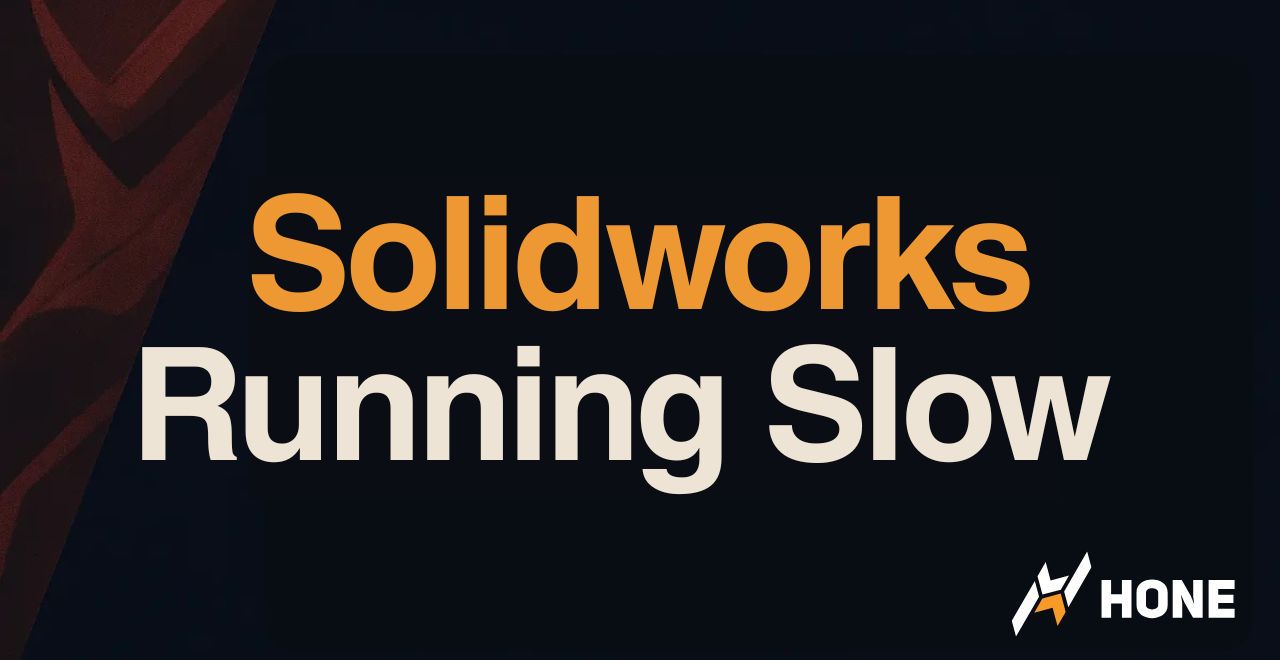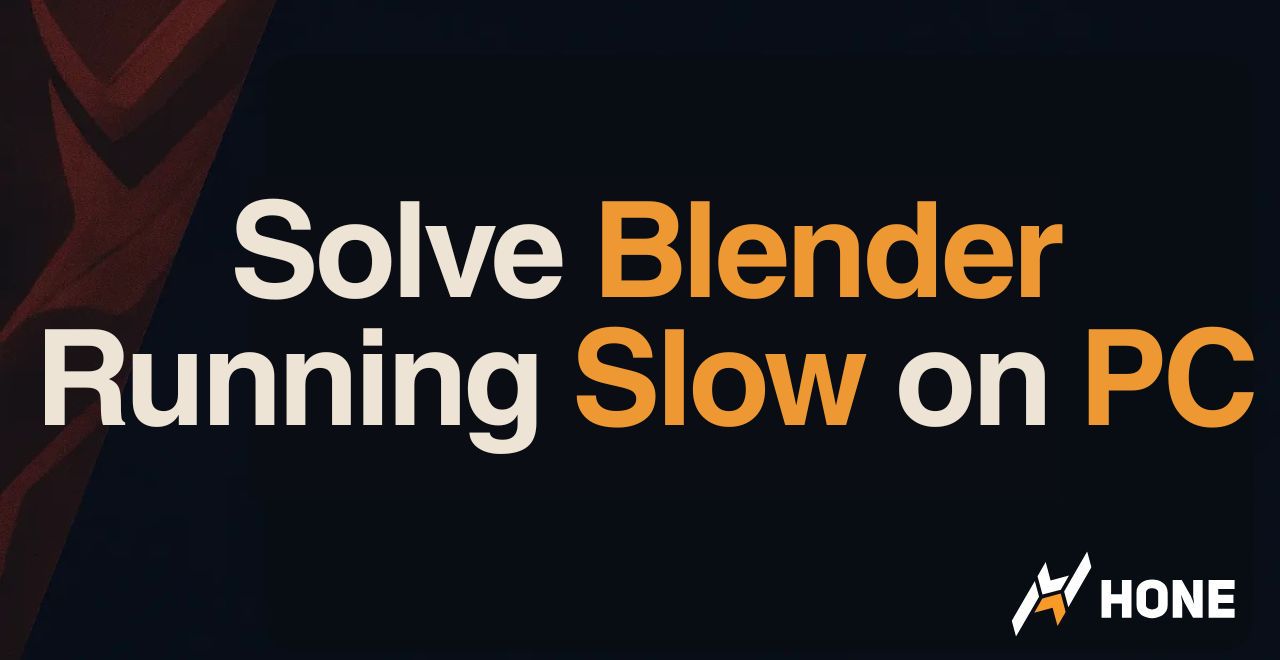LatencyMon, though popular for identifying driver latency issues, has its limitations when it comes to optimizing gaming performance. While it can be insightful in certain scenarios, it’s often misunderstood and can lead to unnecessary focus on a minor part of the latency pipeline. Here’s why focusing on FPS or other metrics like FrameView‘s PC Latency measurement app might serve you better.
Understanding Latency in Microseconds and Its Minimal Impact
LatencyMon measures latency in microseconds. To give some context:
- 1 second = 1,000,000 microseconds
- 1 millisecond = 1,000 microseconds
For gaming, even a few thousand microseconds (or a few milliseconds) can seem significant. However, the latency measured here typically represents only a fraction of the total delay affecting gameplay. A driver showing 3000 microseconds of latency averages out to about 3 milliseconds of input lag, a number that, while noticeable in severe cases, is still minor relative to other latency contributors like frame rendering time.

Frame Rate (FPS) and Latency: A Bigger Picture
A critical factor in latency reduction is your FPS, which directly impacts how fast each frame is rendered:
- 60 FPS renders each frame in approximately 16.67 milliseconds.
- 120 FPS reduces frame rendering time to 8.33 milliseconds.
- 240 FPS lowers it further to 4.166 milliseconds.
- 360 FPS takes just 2.77 milliseconds.
- 540 FPS drops frame time to a mere 1.85 milliseconds.
These times show that higher FPS translates to lower latency in milliseconds, which, unlike driver latency, is more directly impactful on your gaming experience. High frame rates contribute to smoother gameplay, faster reactions, and an overall snappier feel, enabling players to spot and respond to opponents more quickly.
Why Focusing on Driver Latency Alone is Misleading
- Minor Latency Contribution: While drivers play a role in overall latency, they generally don’t contribute significantly enough to warrant excessive monitoring unless there’s a noticeable performance issue.
- Misinterpretation of Metrics: The numbers reported by LatencyMon can be easy to misunderstand, often leading users to worry over trivial delays. For example, if LatencyMon shows driver latency averaging at 150 microseconds, this equals only 0.15 milliseconds, which is relatively minor and less impactful than the lag caused by lower frame rates.
- Misplaced Optimization Efforts: Spending time tweaking drivers for small latency gains often yields minimal perceptible improvements, especially if your system is already optimized. Focusing on frame rate improvements or other broader optimizations is more beneficial.
Recommended Alternative: Using FrameView for Latency Benchmarking
If you’re interested in accurately benchmarking latency, consider FrameView. This application gives a clearer picture of the entire latency pipeline, including frame times and system responsiveness. FrameView’s PC Latency metric captures latency more comprehensively, providing insights that better reflect actual gameplay impact.
Focus on FPS and Overall System Responsiveness
In summary, LatencyMon is a tool that can identify severe driver-related latency problems, but for most gamers, focusing exclusively on FPS and using tools like FrameView for a holistic look at system latency will offer more meaningful improvements.







 Discord
Discord
 Instagram
Instagram
 Youtube
Youtube
 TikTok
TikTok